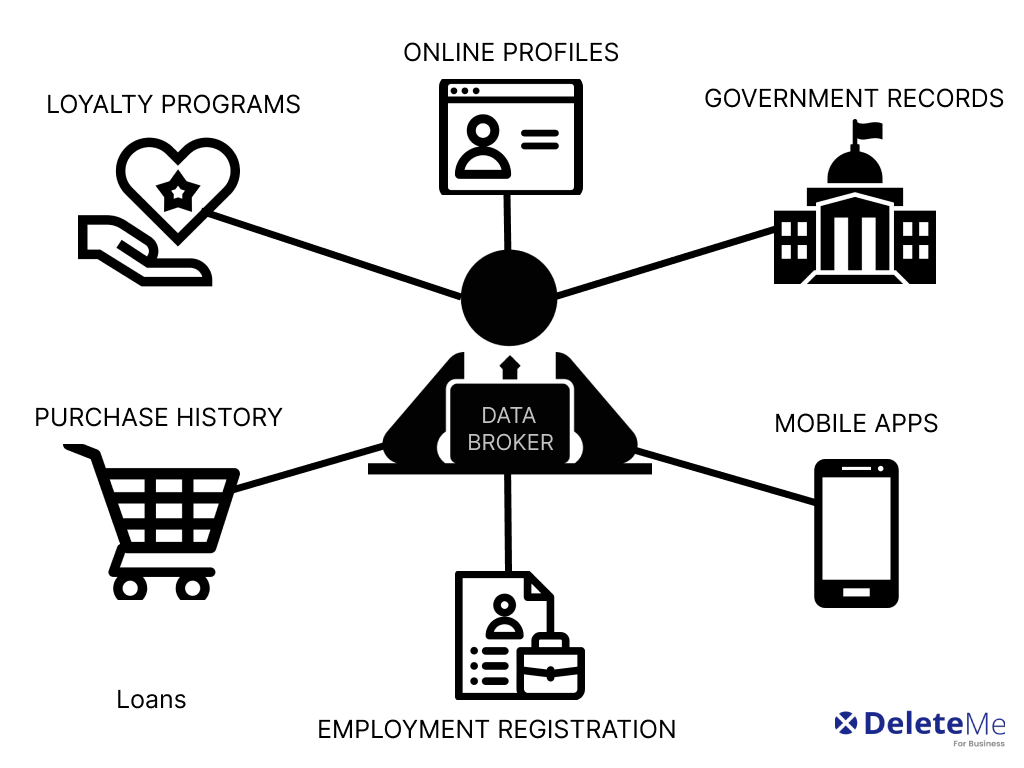
In today's digital world, personal information has become a valuable commodity. Individuals often find themselves unaware of the extent to which their private details are gathered and clean up your online data utilized. As more platforms emerge, the complexity surrounding personal data increases. From simple online searches to intricate databases, the reach is extensive.
Many citizens might not realize how their public persona is shaped by various entities. These organizations compile countless details, painting a comprehensive picture of an individual. It can be unsettling to think that a multitude of information is easily accessible to others.
While the collection of personal information seems to be a norm, there are ways to regain control. Understanding the mechanisms behind this information gathering is crucial. For those interested in protecting their privacy, numerous resources and strategies exist.
Taking proactive steps can help individuals navigate the labyrinth of information sharing, allowing them to maintain a sense of security. It's essential to be informed about the numerous options available to manage and potentially limit the exposure of one's private information.
Ultimately, awareness and education serve as powerful tools in the quest for personal privacy. As we delve deeper into this topic, it will become evident that individuals can take charge of their data narrative.
Understanding LexisNexis Public Records

The landscape of information collection is vast and complex. Entities retrieve a wide array of details from various sources. These insights can range from basic identification to intricate backgrounds. Understanding the specifics is crucial for anyone interested in what these systems encompass. Let’s delve into the types of information involved.
Personal Identification: At the core, there are fundamental identifiers. This includes names, addresses, and phone numbers. These elements serve as the foundation for further investigation. They are essential for verifying identities and cross-referencing additional information.
Financial Histories: Information regarding financial backgrounds is often included. Credit histories and public records of loans paint a broader picture of an individual’s financial responsibility. Oftentimes, this data reveals critical insights into one’s economic behavior. Such financial details can influence decisions in various sectors, from lending to hiring.
Criminal Records: Another significant area is legal histories. Records of arrests, charges, and convictions can be accessed. This information shapes perceptions and decisions in both personal and professional contexts. Employers, for instance, often seek out this data to assess potential hires.
Property Records: Ownership details provide a glimpse into assets. Information on property transactions, values, and tax assessments is valuable. This not only showcases what individuals own but also where their investments lie. These records help in evaluating the economic standing of individuals.
Social Media and Online Presence: In today’s digital age, online footprints are also considered. Details from social platforms can supplement traditional records. Information like public posts, comments, and interactions add layers of context. Understanding one’s online persona is increasingly relevant in various analyses.
Overall, the types of information amassed by these systems are diverse, each serving distinct purposes. This extensive aggregation of data can significantly influence various sectors, highlighting the critical need for individuals to be aware of their own information and the implications it may have. Recognizing the depth and breadth of this information is the first step towards navigating the complexities of modern data management.
Types of Data Collected by LexisNexis
In today's digital landscape, various organizations gather significant amounts of information about individuals. This activity might appear benign at first glance, but it raises various concerns. The information collected extends beyond basic identity details. It encompasses a wide range of attributes that paint a comprehensive picture of one's life.
Common types of information include personal identifiers, like names and addresses. Employment histories are also tracked, revealing where individuals have worked over time. Additionally, financial records often get included, shedding light on credit scores and transactions. It doesn't stop there; legal documents can also be on the list. These can range from court cases to property deeds.
Furthermore, this assortment of details is utilized for a myriad of purposes. Organizations analyze these datasets to identify trends, enhance marketing efforts, and even conduct background checks. They may also employ this information to assess risk levels or determine customer behavior. The sheer volume of information available can be astonishing, as it often includes everything from social media activity to public-facing profiles.
However, while accessing such information can serve specific interests, it raises privacy concerns. Individuals may find it uncomfortable knowing that their personal lives are being monitored. Moreover, the potential for misuse of this information cannot be ignored. The implications for privacy rights are profound and require careful consideration.
It's crucial to consider the ethical dimensions of such extensive data collection. As these organizations continue to refine their methodologies, the types of information gathered may evolve. The challenge lies in balancing the benefits of access with the rights of individuals to maintain their privacy. Ultimately, the landscape of information collection is complex and requires ongoing scrutiny to ensure fair practices.
How Data Brokers Operate in the Market
The landscape of information exchange is intricate and multifaceted. Firms that specialize in gathering and selling personal information have developed sophisticated systems. These entities harvest various types of information from numerous sources. They analyze and compile it into databases, making it accessible for different purposes. This process not only raises questions about privacy but also emphasizes the sheer volume of data in circulation.
The mechanisms at play are quite complex. Many organizations rely on indirect methods to collect details. For instance, they often utilize:
- Publicly available information
- Social media profiles
- Commercial transactions
- Online behavior tracking
- Surveys and questionnaires
This extensive array of sources allows for a comprehensive profile of individuals. Such profiles can include everything from basic demographics to intricate behavioral patterns. The insights gained through this data are then sold to third parties.